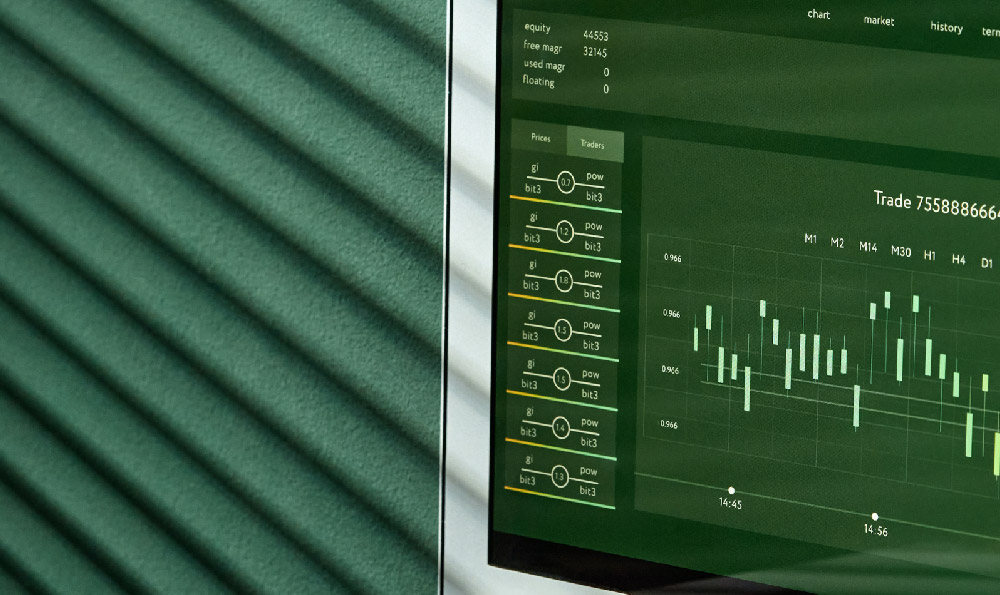Robinhood, the commission-free trading platform that revolutionized the brokerage industry, has a business model that often puzzles newcomers. How can a company offer commission-free trading and still generate substantial revenue? Understanding Robinhood's income streams is crucial to grasping its overall strategy and potential longevity. The foundation of Robinhood's business lies in several key areas, which, when combined, paint a picture of a tech-driven financial intermediary.
One of the most significant contributors to Robinhood's revenue is payment for order flow (PFOF). This practice involves Robinhood selling its order flow to market makers like Citadel Securities and Virtu Financial. These market makers execute the trades on behalf of Robinhood's users. The market makers benefit from the opportunity to profit from the bid-ask spread, as well as from high-frequency trading strategies made possible by analyzing the incoming order flow. Robinhood, in turn, receives a small payment for each order routed through these market makers. While seemingly insignificant per trade, these payments aggregate into a substantial revenue stream due to the sheer volume of trades conducted on the platform. Critiques of PFOF often center on the potential for market makers to prioritize their own profitability over securing the best possible price for Robinhood's customers. While Robinhood maintains that it strives to obtain best execution for its users, the inherent conflict of interest remains a subject of ongoing debate and regulatory scrutiny. Regulations surrounding PFOF are constantly evolving and potential restrictions could significantly impact this revenue stream.
Another significant revenue driver for Robinhood is income generated from margin lending. Robinhood offers its users the ability to trade on margin, meaning they can borrow funds from Robinhood to increase their purchasing power. Users who utilize margin are charged interest on the borrowed funds. The interest rates charged on margin loans are typically higher than the rates offered on traditional loans, reflecting the higher risk associated with margin trading. This interest income can contribute substantially to Robinhood's overall revenue, especially during periods of high trading activity and volatility. It's important to note that margin trading carries significant risk, and users should carefully consider their risk tolerance and financial situation before engaging in this activity. Robinhood provides disclosures and educational resources related to margin trading, but it is ultimately the user's responsibility to understand the risks involved.

Robinhood Gold, a premium subscription service, represents another key income stream. For a monthly fee, subscribers gain access to enhanced features such as higher instant deposits, larger margin loans, and access to professional research reports. Robinhood Gold is designed to appeal to more active and sophisticated traders who are willing to pay for these additional services. The subscription revenue generated from Robinhood Gold provides a stable and recurring income stream for the company. The success of Robinhood Gold hinges on its ability to provide valuable features and services that justify the monthly subscription fee for its target audience. The company continuously evaluates and updates the features offered within Robinhood Gold to maintain its appeal.
Interest earned on customer cash balances also contributes to Robinhood's revenue. Robinhood holds significant sums of uninvested cash in its customer accounts. These cash balances are typically held in interest-bearing accounts, and Robinhood earns interest on these balances. The interest income generated from customer cash balances can be a significant revenue source, particularly in periods of higher interest rates. The amount of interest earned is directly proportional to the total amount of uninvested cash held by Robinhood and the prevailing interest rates.
Securities lending is yet another way Robinhood generates revenue. Robinhood lends out fully paid and excess margin securities held in customer accounts to other institutions, such as hedge funds, who need them for short selling or other purposes. Robinhood receives a fee for lending out these securities, which is then shared with the customer. This practice allows Robinhood to generate income from assets that would otherwise be idle. While generally considered a safe practice, there are inherent risks associated with securities lending, such as the possibility of the borrower defaulting on their obligation to return the securities. Robinhood employs risk management measures to mitigate these risks.
Furthermore, Robinhood is actively exploring new revenue streams, including cryptocurrency services and potential expansion into new financial products and services. The company's foray into the cryptocurrency market has opened up new avenues for revenue generation through transaction fees and other related services. As the cryptocurrency market continues to evolve, Robinhood is likely to further expand its offerings in this space. The introduction of new financial products and services, such as retirement accounts and cash management tools, represents another potential growth area for the company. The success of these new ventures will depend on Robinhood's ability to effectively target its existing user base and attract new customers.
In conclusion, Robinhood's revenue generation is multifaceted and relies on a combination of innovative strategies, including payment for order flow, margin lending, subscription services, interest income, securities lending, and expansion into new markets. Understanding these income streams is essential to evaluating the company's financial performance and its long-term viability. While the commission-free model has disrupted the traditional brokerage industry, Robinhood's success depends on its ability to continue generating sufficient revenue to offset its operating expenses and maintain profitability while navigating the complexities of a rapidly evolving regulatory landscape. The company faces challenges such as increased competition from established brokerages and ongoing scrutiny of its business practices. Ultimately, Robinhood's long-term success will depend on its ability to adapt to changing market conditions, innovate its product offerings, and maintain the trust of its users.











